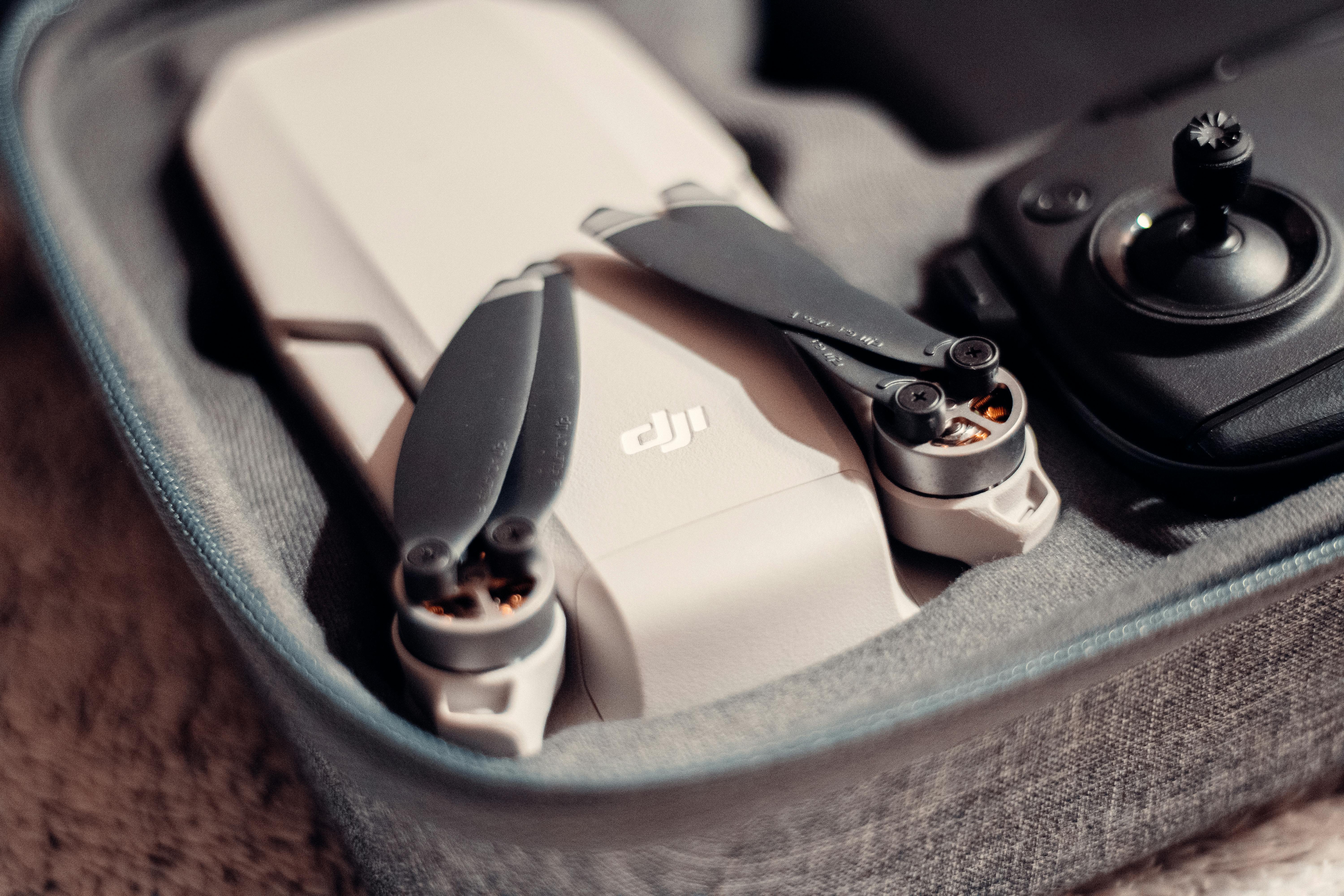What Do Conceptual Design Mean?
admin
- 0
Conceptual Design
When you work in design, your ultimate goal is to create something that accomplishes a purpose and conveys meaning. This can be challenging because visual communication tends to be ruled by emotions and gut feeling, rather than practicality. That’s why it is critical to have a process that ensures the core, foundational ideas of a design are solid before progressing to a final product. That process is called conceptual design.
The term “conceptual design” is often misunderstood, and that’s because people confuse it with the design process itself. It’s important to understand the difference between concept and execution, as it will greatly impact how well your design project turns out.

During the conceptual design phase, you will brainstorm and create an outline for your design project. This outline will be the basis for all other processes involved in creating your product, from engineering and architecture to industrial design and even kitchen products. During this stage, you will establish the underlying concepts behind your project and create visuals that illustrate those core ideas.
What Do Conceptual Design Mean?
To do this, it’s helpful to gather research and use the information you learn to inform your ideas. This can include researching industry trends, analyzing the competition, and learning about your client, brand, and audience. Understanding these factors will help you craft concepts that stand out from the rest of your competitors and position your company as a leader in your field.
You will also need to consider the cost and technical ability to produce your product. This is why a conceptual design is so important; it will ensure your final product is viable to develop and market. By the end of this stage, you will be able to determine whether your product is worth the investment of time and money.
A good way to test the viability of your product is to compare it to similar products. This will help you identify any weaknesses that can be improved with your product. Additionally, you can use this information to create a more refined prototype during the production-ready design phase.
When working on a concept, you should try to avoid getting too caught up in the details. You don’t want to lose sight of the bigger picture, and that can be hard to do when you are surrounded by endless possibilities. If you spend too much time perfecting the tiny details of your design, you may find yourself with a finished product that doesn’t accomplish its purpose or solve a problem.
The conceptual design is the heart of your project, and it’s easy to see why. Getting this step right can save you time, money, and headaches later on in the process. It’s best to spend the extra time on a well-formed concept than to rush into the development process and have to redo your entire project. So next time you are designing, be sure to start with a strong conceptual design. You’ll thank yourself later!

